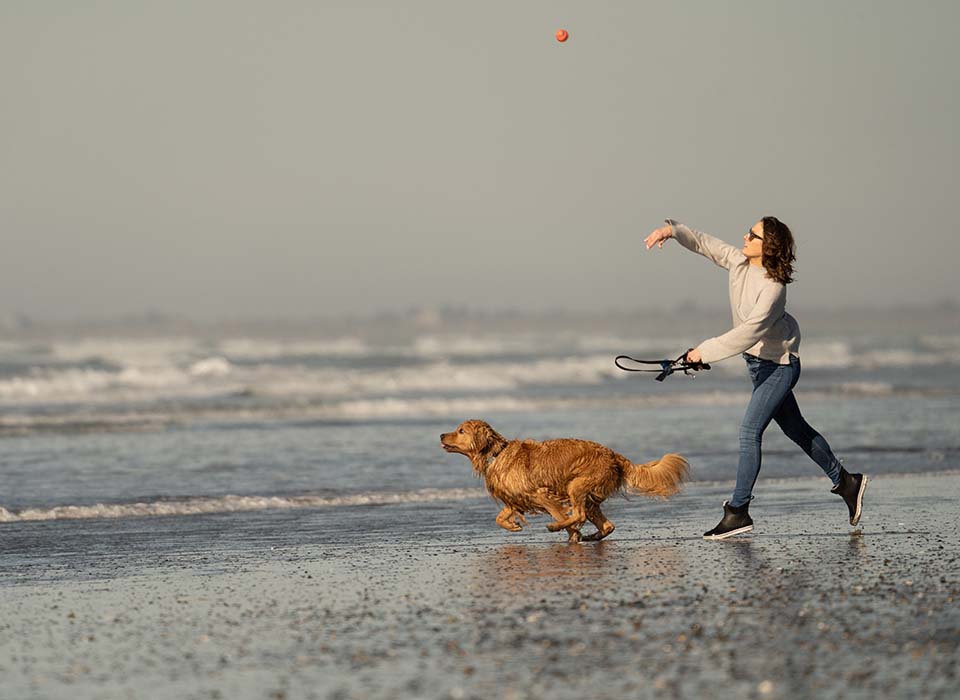The rotator cuff is a group of four muscles around the shoulder that converge to form a single tendon to attach onto the shoulder joint. These muscles are located on your scapula, the shoulder blade, and they attach on to the humerus, the shoulder bone that moves. The rotator cuff is responsible for all motions of the shoulder including lifting the shoulder up and out, and the muscles are very important for reaching overhead and initiating movement. Any type of rotator cuff injury will cause pain with almost any motion of the shoulder. Rotator cuff injuries are very common and are seen in older people, younger people, active people and inactive people.
Preventing injury
A majority of rotator cuff injuries happen due to wear over time rather than a traumatic event. The best way to prevent these kinds of injuries is to make sure you are using proper mechanics when engaging in shoulder movements. If you are lifting weights or carrying heavy things with strain on your shoulders, make sure to use both hands and to have good, upright posture. Do not put all the pressure on your shoulders and lift using your legs.
A lot of rotator cuff injuries result from bad posture. Many patients who work desk jobs and slouch over their desk will come in with rotator cuff injuries. Sit up straight with proper posture any time you are sitting for long periods of time. You also can place a pillow to support your lower back to allow your shoulders to have some arch to them.
Treatment
Depending on the patient and doctor, there are a few ways to treat a rotator cuff injury. The best treatment is physical therapy and chiropractic treatment, which are aimed at scapular strengthening, pulling the shoulders back, sticking the chest out, and getting your neck up straight. These treatments can help improve your posture, which can be a huge help. Another treatment is a massage because they help loosen up the muscles to give you better posture. A cortisone or steroid shot can be helpful because it will bring down the swelling and allow the shoulder to move more fluidly. If none of these methods work, you can get an MRI to see in detail what is happening. If there is a large tear, surgery is the best option.
Surgery Options
There are a few different surgery options when it comes to a rotator cuff. Decompression surgery is used on people who have small tears but have tried all non-surgical options with no improvement. This surgery shaves off some of the bone which opens the space between the muscles and allows the shoulder to move fluidly. A rotator cuff repair is used to fix a rotator cuff that is completely ripped off. This surgery uses anchors or little screws to reattach the muscle. If the rotator cuff is completely and severely torn, surgeons can use grafts, either human or animal, to replace and reconstruct those torn muscles.
Recovery
The rotator cuff repair is the most common shoulder surgery and has three stages of recovery. The first six weeks is the healing stage. The shoulder muscles do not have good blow flow, so during this time you will be in a sling with extremely limited mobility to ensure proper healing. The second six weeks is the range of motion stage. Your muscles will be weak and inflexible from their time in the sling, so you will need to slowly build some strength and improve your range of motion. The third stage starts at three months after surgery. This stage is where you go to physical therapy and really focus on building strength slowly to get back to your active life.

